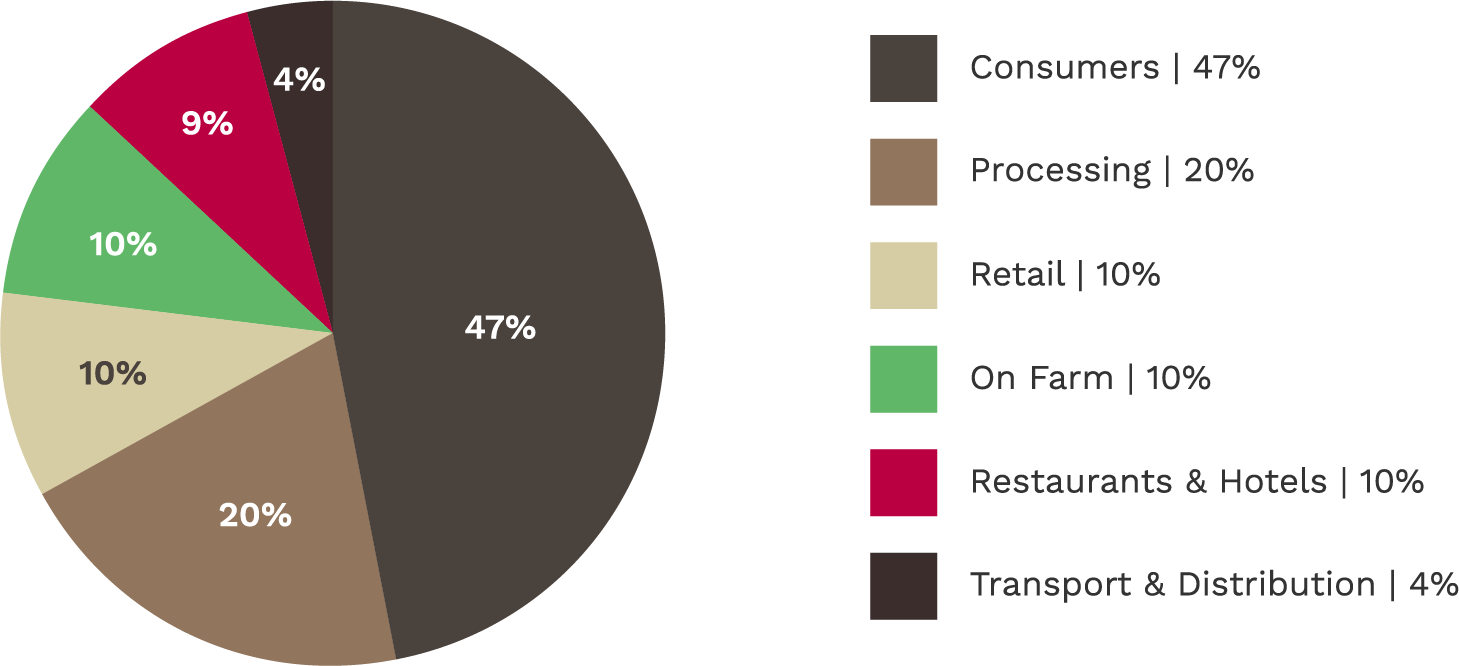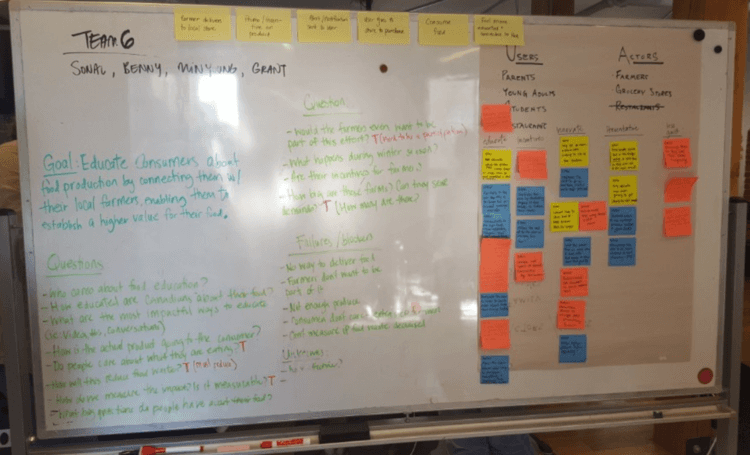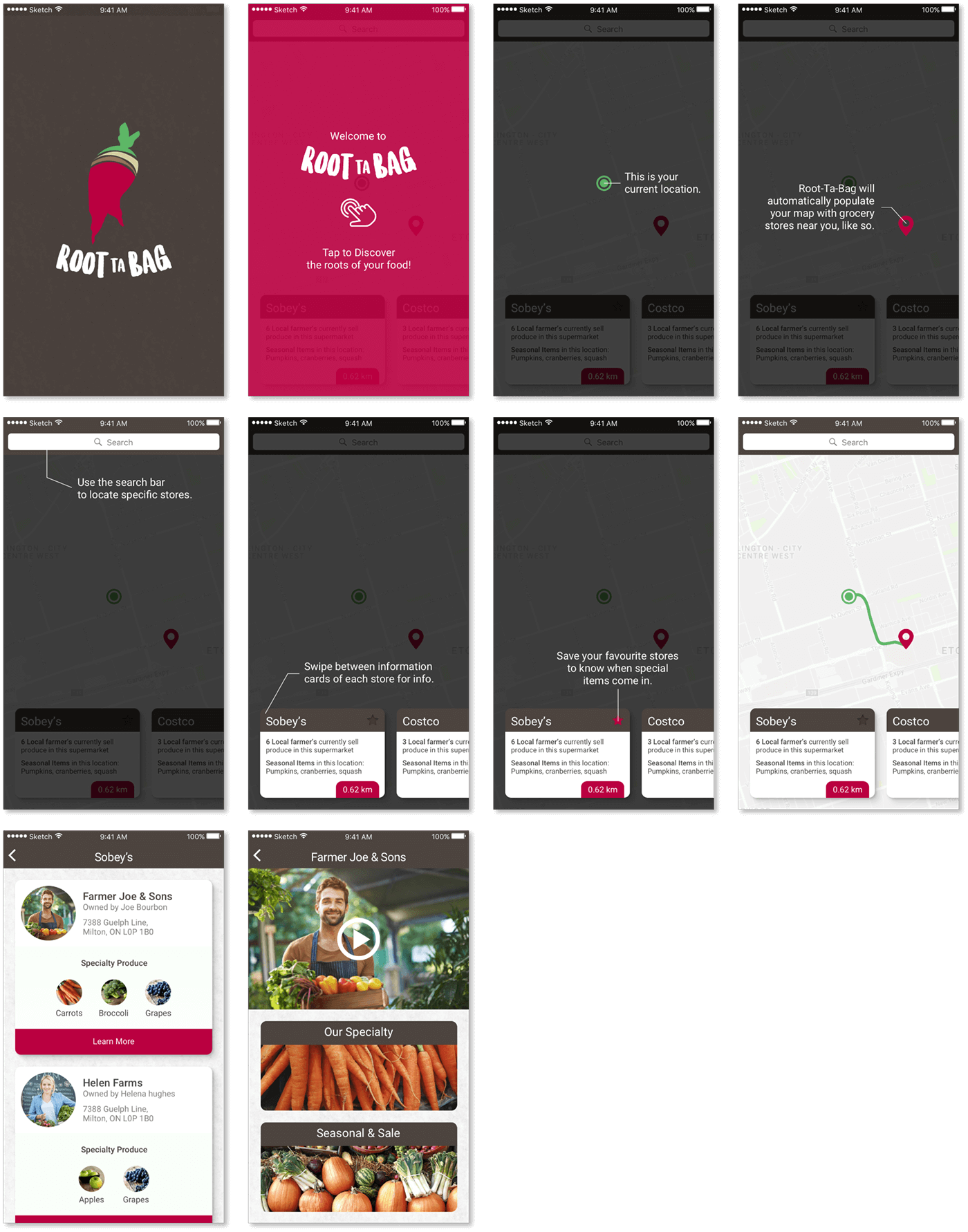Experience Map
By elaborately building up these personas personality, lifestyle, etc. we were able to empathize with his motivations, and map out a scenario that helped illustrate Mike directly interacting with food waste as a consumer.
Mike's experience map allowed us to visually identify his pain points, and convert them into a list of opportunities where we could introduce technology to help alleviate their impact on foodwaste.



